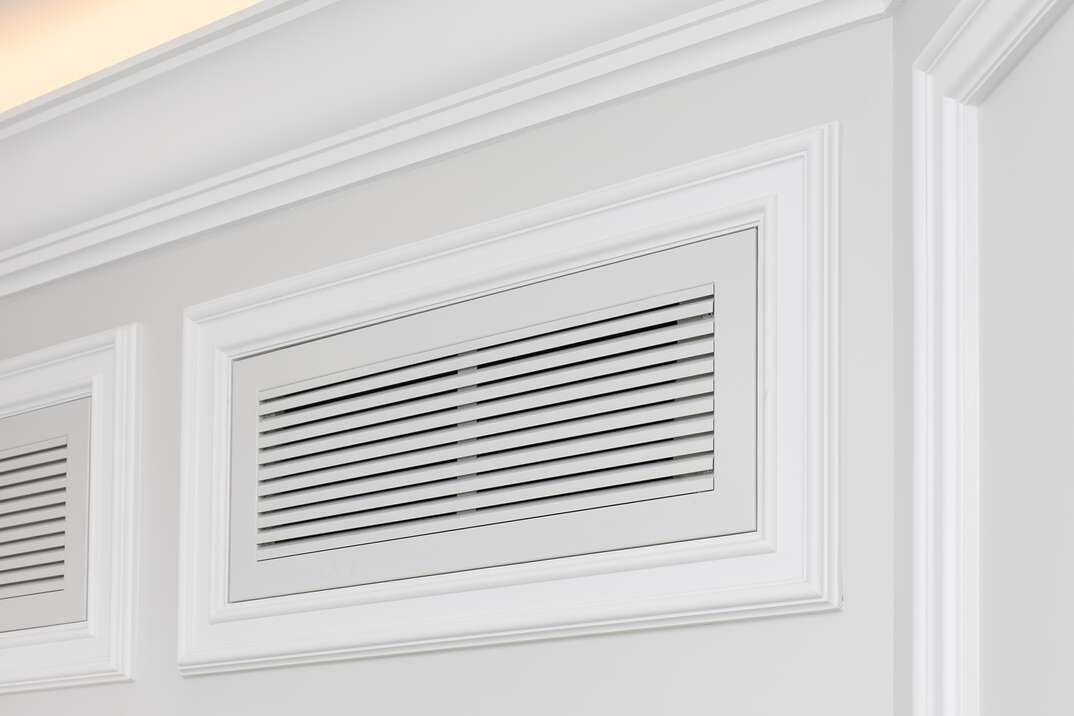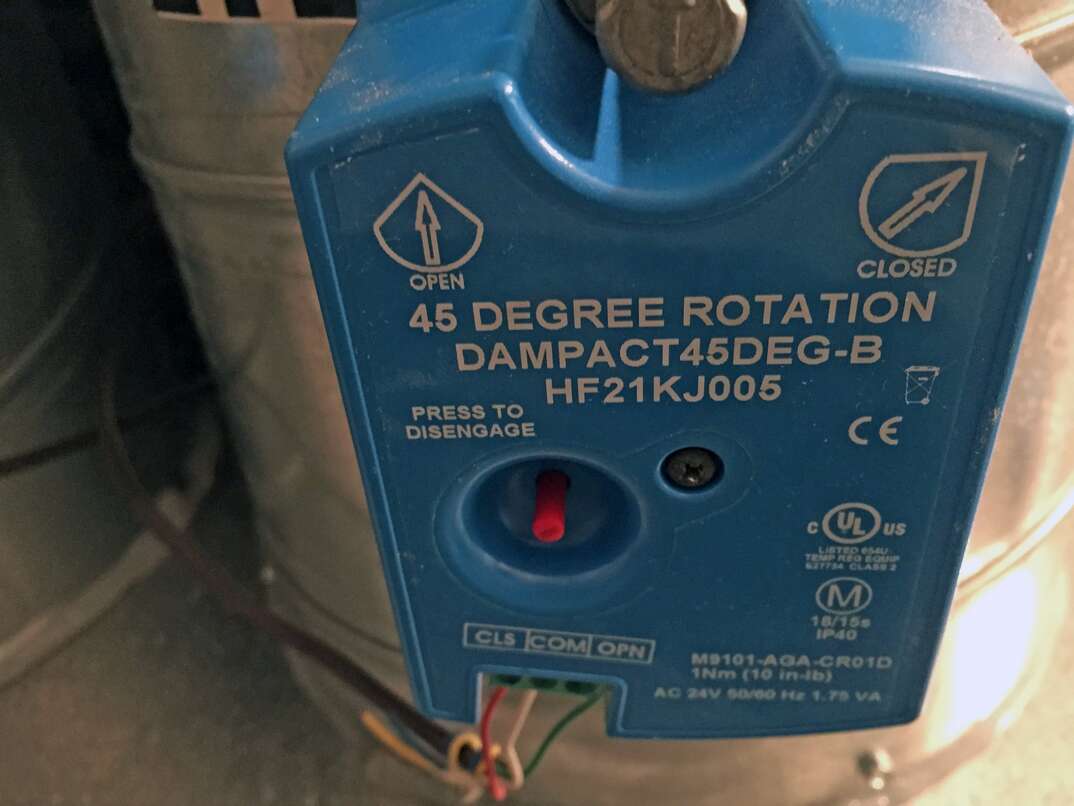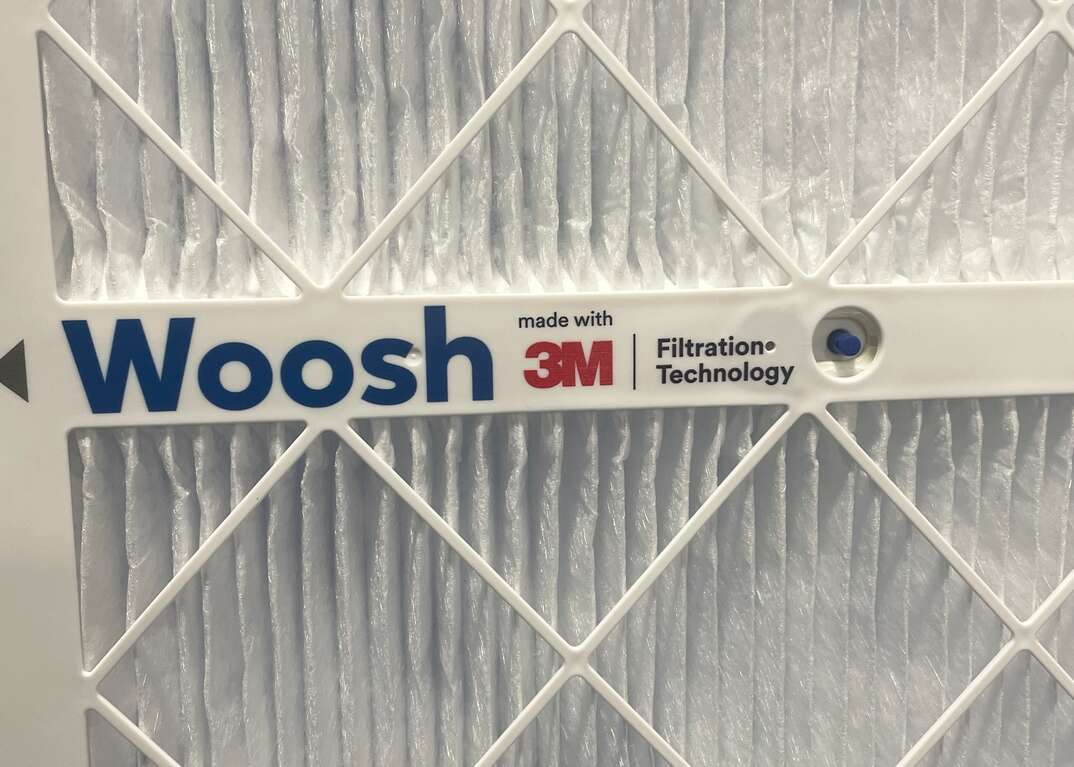How Much Clearance Do My Return Air Vents Need?

How Much Clearance Do My Return Air Vents Need?
Learn more about return air vents and why they're important. Find out how much clearance, if any, you need around your air vent for it to work properly.
This article describes the purpose of return air vents and why they're an important part of any HVAC system. It also explains how much clearance a return air vent needs and why.
Author: Sandy Hess
Whether you're moving to a new home or just looking for a change, decorating one or more rooms in your house can be fun and exciting. There are lots of things to consider, such as the size of the space, lighting, colors and your return air vent. Yes, that’s right, your return air vent. If you want to keep your heating and cooling system working properly, there should be a 6- to 12-inch clearance around each vent.
What happens if a return air vent is blocked and how much clearance do you really need? Keep reading to find out.
What Is a Return Air Vent?
A return air vent is a critical part of your heating or cooling system. It works by pulling in air from the interior of your home and pushing it back into the HVAC system. Next, this air may go through a filtering system before being heated or cooled and pushed back into your living space.
By pulling air out of your living space, the return air vent promotes good air circulation in your home, helping your HVAC run properly. It’s important to note that return air vents are different from supply air vents, which push hot or cool air into your home. Return air vents are typically bigger than supply air vents and they don’t blow air out — they only pull air in.
What Can Happen if You Block HVAC Return Air Vents?
Several things can happen if you block an HVAC vent. First, it can decrease the performance of your heating or cooling unit. This factor, in turn, could make it more difficult, or even impossible, to keep the air in your home at a comfortable temperature.
Secondly, it can force your HVAC unit to work harder, which could speed up wear and tear on your unit. This could lead to higher repair bills. Finally, if your HVAC unit isn't operating efficiently and must work harder, it will likely lead to an increase in your energy bills, especially during peak seasons.
How Much Clearance Do Return Air Vents Need?
When decorating your home, it’s important to note where your air vents are located. Depending on your heating or cooling system, you may only have one return air vent for your entire home.
Unlike supply air vents that often have adjustable slats, return air vents have a metal grill covering. Another way to identify a return air vent is to hold a piece of paper up to it when your HVAC is running. If the paper pulls towards the vent, it’s a return air vent. On the other hand, if it blows away from the vent, it’s a supply air vent.
Once you’ve identified your return air vent, make sure nothing is blocking it, such as:
-
Sofa
-
Recliner
-
TV stand
-
Bookshelf
-
Bed
-
Nightstand
-
Desk
-
Rug
-
Blinds
All objects should be at least 6 to 12 inches away from the vent. However, when it comes to big bulky items, such as your sofa, recliner or bookcase, it’s best to never place them in front of your return air vent.
Leaving a 6- to 12-inch clearance around your return air ducts can keep your heating and cooling units operating smoothly. Best of all, this step can help ensure the temperature in your home remains comfortable all year round.


